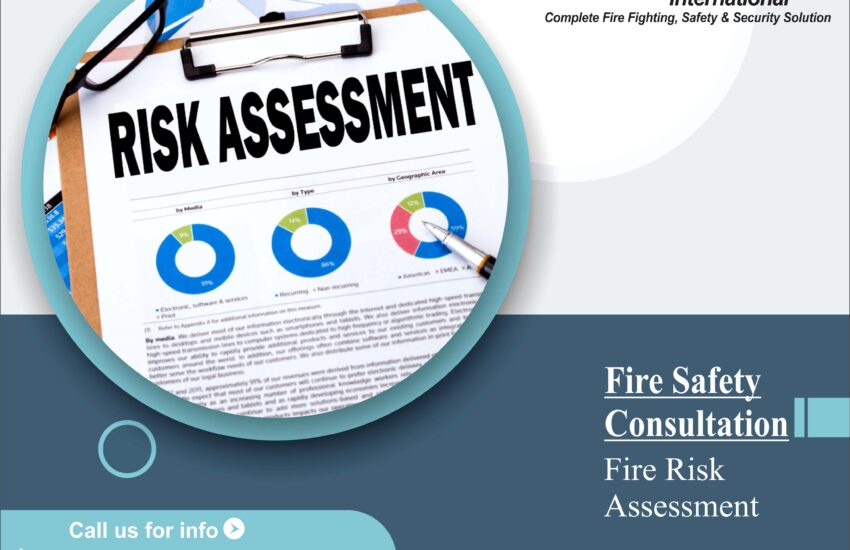Fire Risk Assessment is not just a good safety practice it’s a legal requirement. Every business, regardless of size or industry, must conduct regular fire risk assessments to reduce the chance of fire-related accidents. Failing to do so can endanger lives and lead to severe legal consequences.
Why Fire Risk Assessment Are Important
Fire can cause devastating damage in seconds. Fire risk assessments help you identify hazards, evaluate risks, and implement effective fire prevention measures. More importantly, they help safeguard your staff, customers, property, and business continuity.
In addition to enhancing safety, fire risk assessments also ensure legal compliance. According to UK regulations, businesses must take reasonable steps to protect people on their premises from fire. Without regular assessments, you could face fines, legal action, or worse.
Legal Requirements Under UK Law
Under the Regulatory Reform (Fire Safety) Order 2005, any non-domestic premises with five or more people must have a documented fire risk assessment. These assessments must be carried out by a competent person, which typically includes employers, building managers, or designated safety officers.
In cases where a business ignores this obligation, the consequences can be severe. Businesses may face:
- Large fines
- Legal prosecution
- Prison sentences for extreme negligence
Therefore, it’s not just about compliance—it’s about responsibility. Regular fire risk assessments can prevent tragedy and protect your business from legal and financial ruin.
Five Key Steps of a Fire Risk Assessment
To carry out an effective fire safety risk assessment, follow these five essential steps:
1. Identify Who Is at Risk
Start by determining who could be at risk if a fire breaks out. This includes employees, visitors, contractors, and especially vulnerable individuals such as the elderly, disabled, or children.
2. Identify Fire Hazards
Next, look for potential fire hazards. These can include:
- Fuel sources (paper, chemicals, furniture)
- Ignition sources (electrical equipment, open flames, heaters)
- Sources of oxygen (open windows, air conditioning units, oxygen tanks)
3. Evaluate, Remove, or Reduce the Risks
Now assess the likelihood and impact of a fire. Examine existing fire safety measures like alarms, extinguishers, and escape routes. If necessary, take additional actions to reduce or eliminate risks.
4. Record Findings and Actions
Document all findings and the steps taken to minimize risks. This includes updating fire safety procedures and assigning responsibilities. A written record is mandatory if five or more people work at the premises.
5. Review and Update Regularly Fire Risk Assessment
Fire risk assessments are not one-time tasks. Regular reviews are essential, especially when:
- Your business changes layout or operations
- You introduce new equipment or chemicals
- A fire incident occurs on-site
By reviewing assessments periodically, you ensure your fire safety plan remains effective.
Why Hire a Professional Fire Safety Consultant?
While a competent person can carry out a fire risk assessment, hiring a professional fire safety consultant ensures nothing is overlooked. Experienced consultants understand the latest fire regulations and best practices. They provide comprehensive assessments and detailed fire safety action plans tailored to your specific business.
Furthermore, using a qualified professional reduces your liability and demonstrates that you’ve taken reasonable steps to ensure workplace safety.
Stay Compliant, Stay Safe
Don’t wait for an accident or a legal notice to act. Proactive fire safety management protects lives, assets, and your company’s reputation.
Contact us today to schedule your professional fire risk assessment. Our experienced fire safety consultants are ready to help you meet compliance standards and keep your business safe from fire risks.


